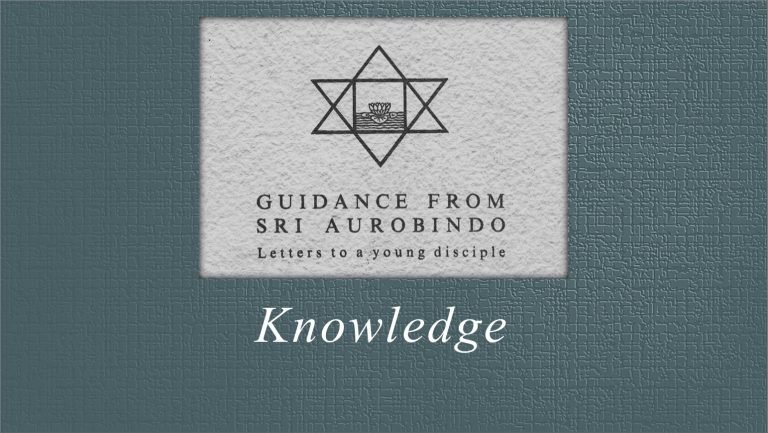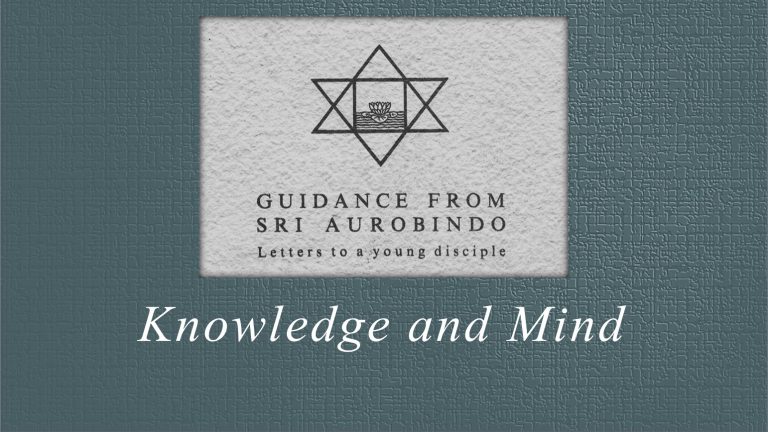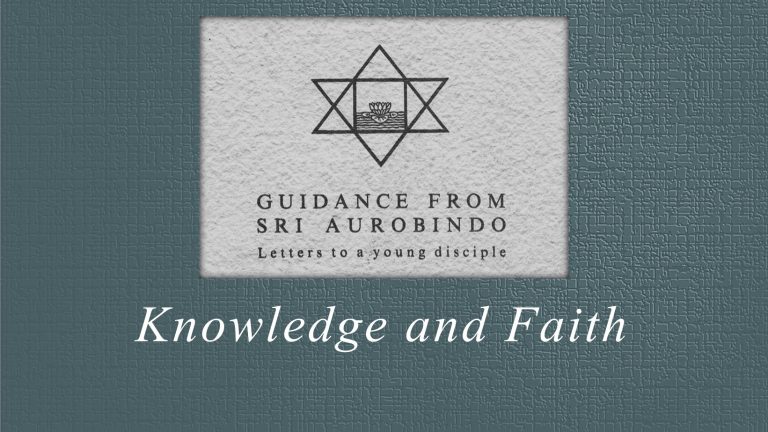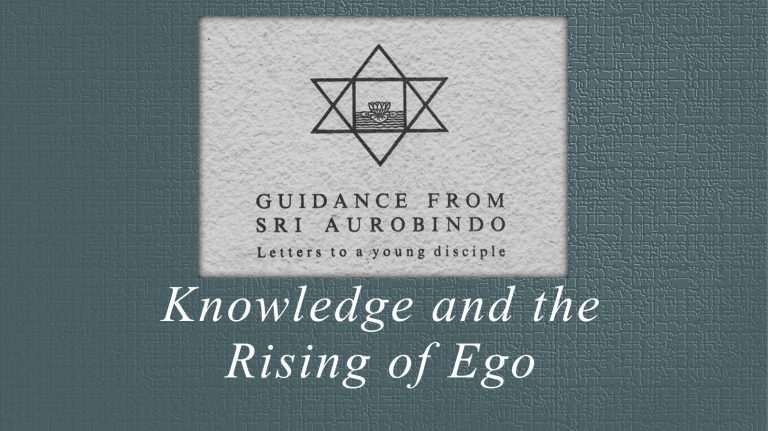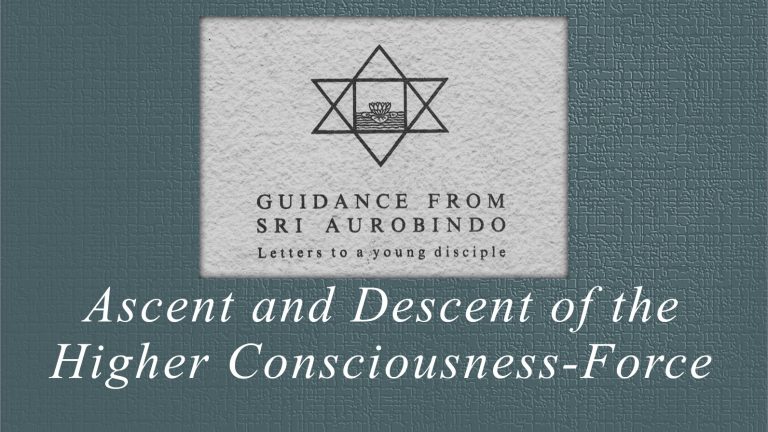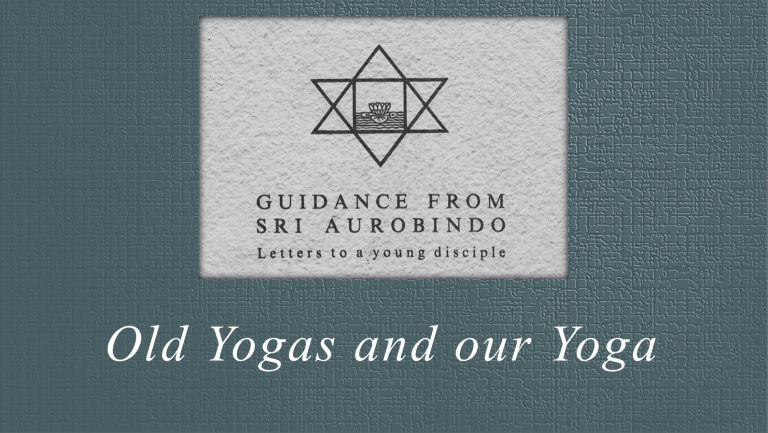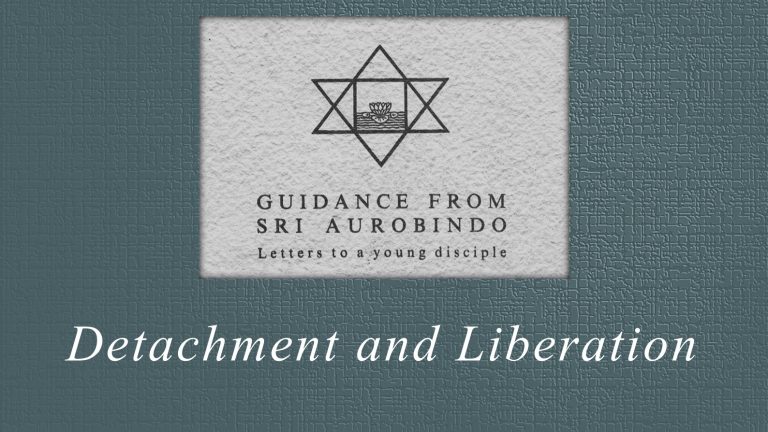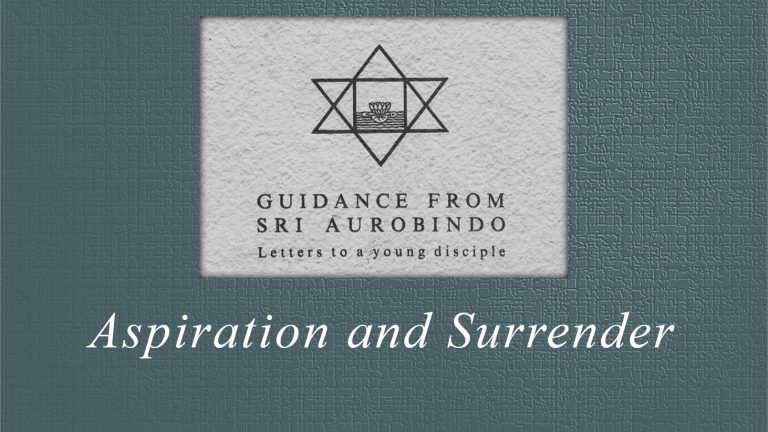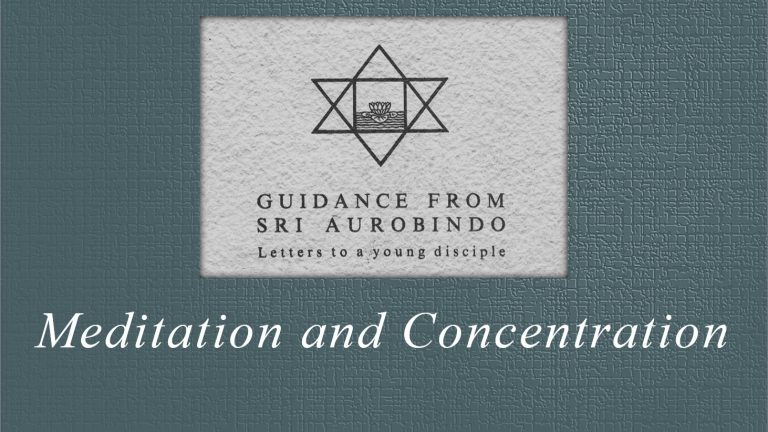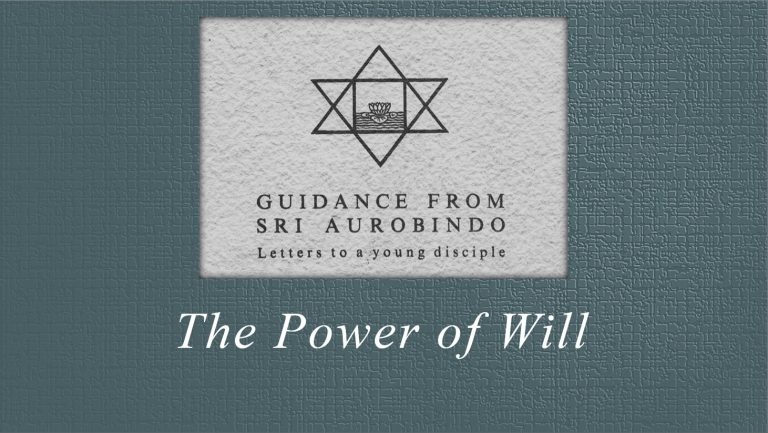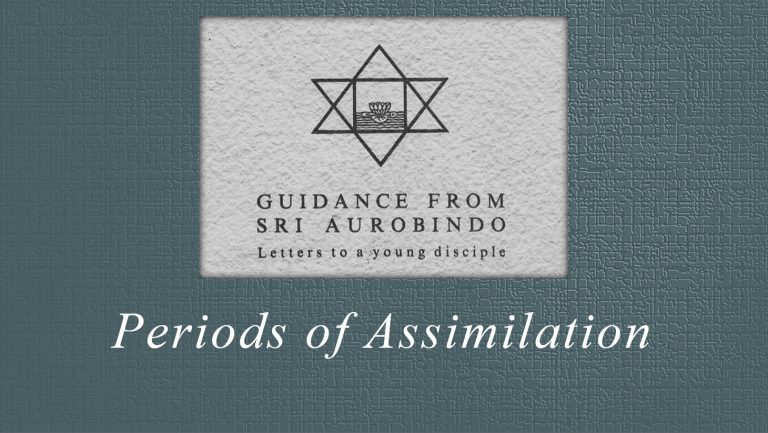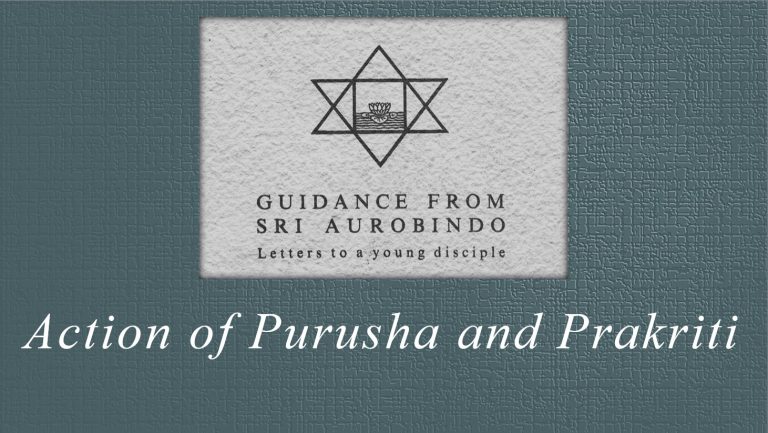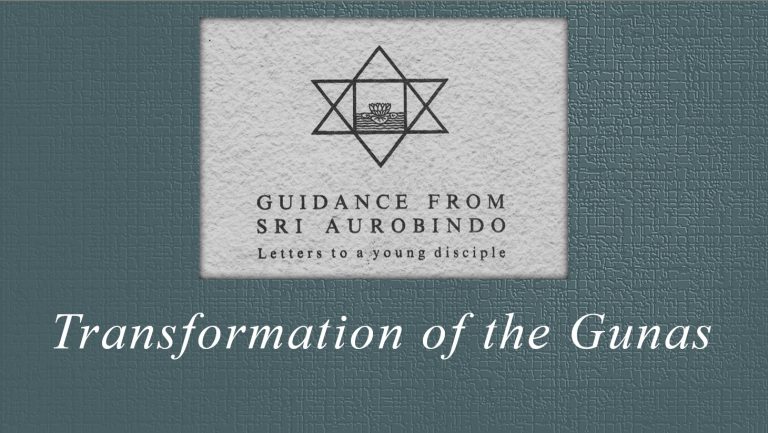Letters to a Young Disciple

Sri Aurobindo’s correspondence with Nagin Doshi from 1933-1937.
Until we know the Truth (not mentally but by experience, by change of consciousness) we need the soul’s faith to sustain us and hold on to the Truth — but when we live in the knowledge, this faith is changed into knowledge. Of course I am speaking of direct spiritual knowledge.
It is so indeed because it is their mind and vital that put the question and the ego is always wanting to make use of the answer or the mental ignorance to distort it.
It is a mind of thought and knowledge and spiritual perception but spontaneously seeing the truth.
A spark of the higher dynamic force, I suppose.
It is a matter of realisation. In the Yoga of the Gita the Cosmic Divine is realised as Vasudeva (Krishna). The Vaishnavas realise it as Vishnu, the Shaivas as Shiva, the Tantrics (Shaktas) realise the Devi (Goddess) as the Cosmic and even as the Transcendent Divine.
It is the goal for most Yogas, but for us it is the beginning and basis. For it is the state of spiritual liberation which was all they wanted.
I have heard that people from outside often find the sadhaks here full of an insufferable pride and arrogance, looking on all others as outsiders far below them! If it is so, it is a most foolish and comically ridiculous attitude. ... I have said that this Yoga is “new” because it aims at a change in this world and not only beyond it and at a supramental realisation. But how does that justify a superior contempt for the spiritual realisation which is as much the aim of this Yoga as of any other?
It is a stage of detachment and separation which is necessary in Yoga. It is only so that freedom in the work can come.
It is true that peace and silence can always become deeper and wider and more intense.
That is all true and I am glad you have realised it.
The Divine is not bound to do that, He can give or not give; whether He gives or does not give makes no difference to the one who is surrendered to Him. Otherwise there is an arriere pensee in the surrender which is not then complete.
The condition of meditation (Yogic concentration) is mental quietude, there can be no mental “work” during meditation.
The energy which dictates the action or prevents a wrong action is the Will.
Hardly one ever feels that. It goes on under cover. The period of assimilation can either be a perfect quietude or else the assimilation can go on behind the veil, as it were.
That is its first condition when it manifests in the lower nature. It is then called the witness Purusha. If you want the rest to develop, you have to train your mind to be its instrument.
Prakriti and Nature are the same thing — the gunas are modes or processes of Nature (Prakriti).

